Not just her father’s daughter – Nora Heysen
We recently featured the well known Australian artist, Hans Heysen (Click here if you would like to revisit that post.)
Today we will look at the life and art of Nora Heysen, who was the fourth daughter of Hans Heysen and his wife, Selma Bartels. Nora was an accomplished and famous artist in her own right. She must have been a very strong woman as she was subject to quite some controversy as a woman artist in the 20th century. The reality is that she forged a difficult path of acceptance, paving the way for others to later follow ……..
Nora Heysen was born in Hahndorf, South Australia, in 1911 and was raised at The Cedars in Hahndorf, in the Adelaide Hills. (This was the house purchased by her father Hans Heysen in 1912, which is still able to be visited today.)
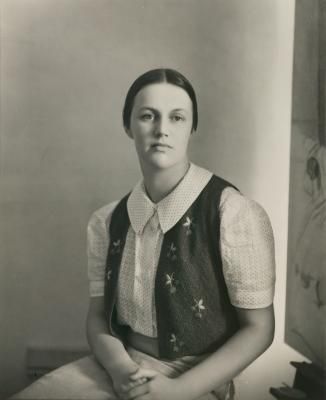
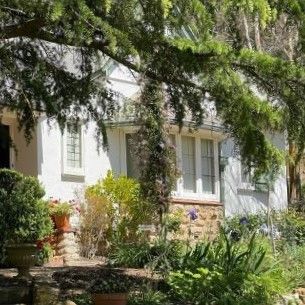
Nora studied art at the School of Fine Arts in Adelaide and displayed extraordinary talent at a young age. Such was her talent that she sold paintings to the Art Gallery of New South Wales and the Art Gallery of South Australia in 1930, when she was only 19 years old. Perhaps her father’s influence may have helped to open doors, but these galleries certainly would not have bought her art for any reasons of nepotism!
In 1931 she visited Sydney with her parents, and spent two weeks studying at the Julian Ashton Art School. She held her first solo exhibition in Sydney in 1933. In 1934 she travelled to London with her family, but she stayed on in Europe to study after the family returned home. In Paris, she met Lucien Pissarro, son of the famous Impressionist, Camille Pissarro, who we have featured previously in the blog. Once she saw the work of the Impresssionists, she is reported as saying: "I was never the same again.”
She returned to Australia in 1937 and, with her mother’s support, went to live in Sydney in order to establish herself away from the shadow of her famous father, Hans. (Her mother had been a talented artist herself, but she had abandoned art to bring up eight children and run the house, so she would have understood and favoured Nora forging her own path).
In 1938, she entered two portraits in the Archibald Prize. Her portrait of Madame Elink Schuurman, the French wife of the Dutch consul-general to Australia, was awarded the prize, making her the first woman to win the Archibald. There was controversy and criticism of this win by a female artist. The influential painter Max Meldrum apparently said "If I were a woman, I would certainly prefer raising a healthy family to a career in art. A great artist has to tread a lonely road. He needs all the manly qualities — courage, strength and endurance… I believe that such a life is unnatural and impossible for a woman.” Amazing!!! This is the sort of attitude of the times that Nora was battling against! ....Go figure!
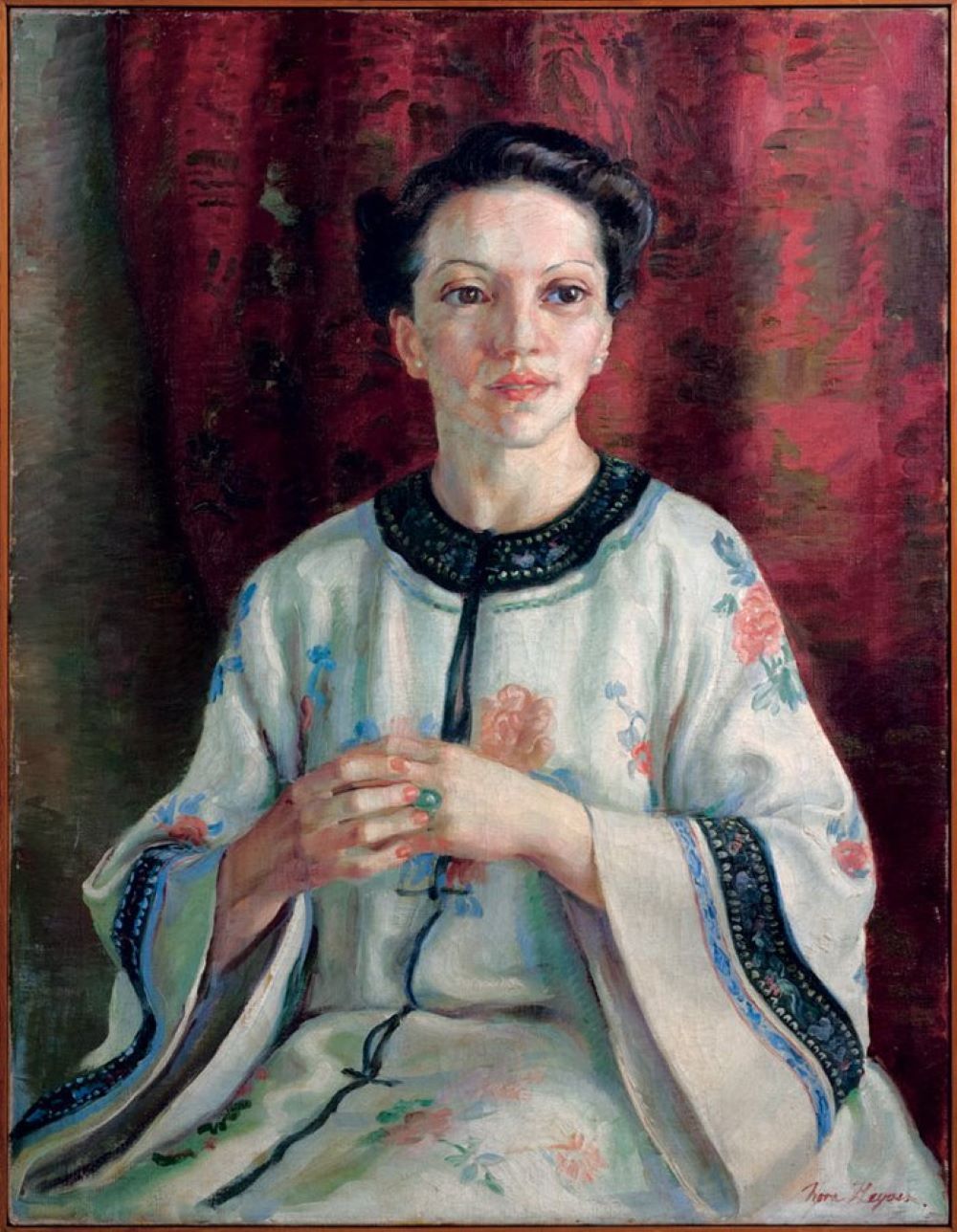
The media were also more interested in the artist’s domestic achievements. The Australian Women's Weekly magazine published an article with the headline "Girl Painter Who Won Art Prize is also Good Cook" and listed three of her favourite recipes along with her strategies for achieving domestic duties and leaving time for painting.1 Once again.........Go figure!
But Nora proved she was much more than just the "decorative" artist she was pigeon holed into. On October 12, 1943, she became the first woman to be appointed as an official Australian war artist with the rank of captain. She spent much of the time in New Guinea, a very challenging environment. Nora said "I was commissioned to depict the women's war effort. There was that restriction on what I did. So I was lent around to all the services, the air force, the navy and the army, to depict the women working at everything they did during the war." During her service Heysen completed over 170 works of art and was discharged from service in 1946 in New Guinea. 1
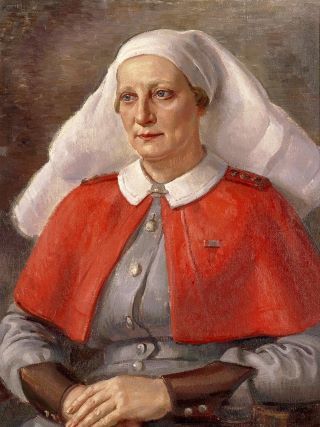

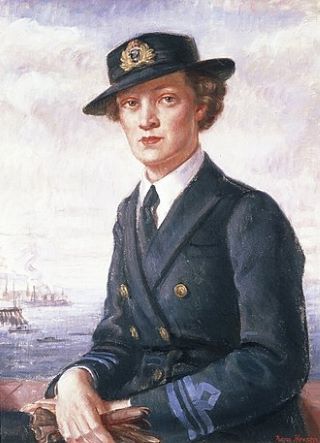
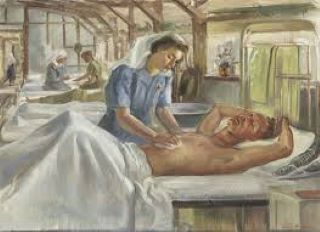
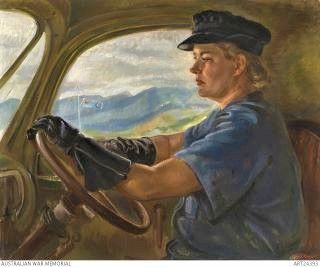
Whilst in New Guinea, she met the infectious diseases doctor, Dr. Robert Black. At the time, he was married with a child and his wife was not willing to divorce. Following her discharge after the war, Nora went to London and later returned to Sydney in 1948. She reconnected with Robert Black and they lived together in Sydney for some years, flouting convention and scandalising Nora’s family. In 1953, the day after Black’s divorce was finalised, they married. 2
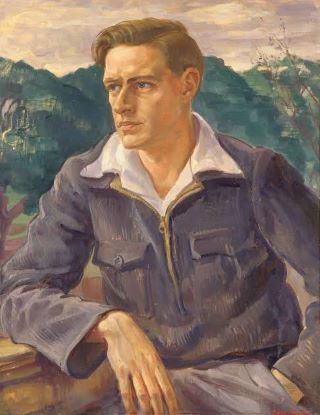
By the time she married, Nora felt it was too late for her to have children, even though she had always wanted some. Instead, she concentrated on painting, exhibiting and travelling with her husband on his medical research expeditions around the Pacific islands.
However, her marriage ended in 1972. She continued to live in New South Wales, attracting and painting stray animals, her beloved garden’s flowers, children of her friends and various other scenes from daily life.
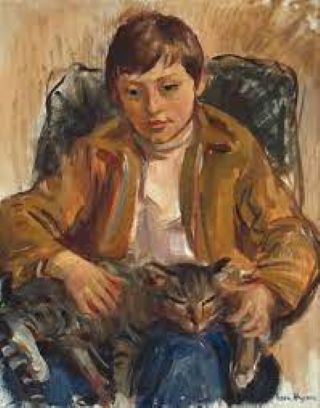

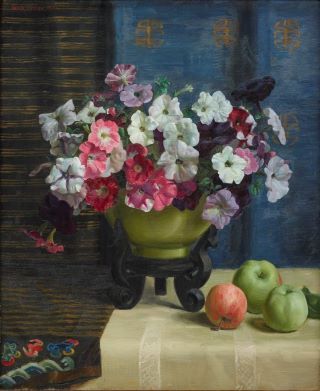
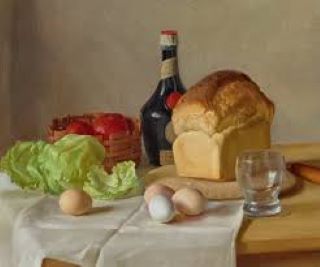
You may have noticed that, unlike her father, Nora painted very few bush landscapes, having once reportedly said, “I thought father had a copyright on the gum trees, really.”
For the next twenty years or so, she lived in relative obscurity, out of the spotlight. However, she was “rediscovered” in the late 1970's as part of the women’s feminism movement. In 1989, Lou Klepac, an art historian and curator at both the Western Australian and South Australian Art Galleries, curated a full scale retrospective for the National Trust’s SH Ervin Museum and Art Gallery. Nora later said, “I’ve only just thought that I am a person, painter, in my own right since Lou Klepac discovered me and put on this retrospective show.” In 2000 Klepac curated a further Nora Heysen exhibition for the National Library of Australia. 2
In 1993, Nora Heysen was honoured by an Australia Council Award for Achievement in the Arts; and she received an Order of Australia medal in 1998. These awards were recognition of her own achievements as an artist and the significance of an enduring career. She died in 2003 at the age of 92, still living in the house she and her husband bought when they first married, at Hunters Hill. 1
Heysen's works are currently being held in the collections of the National Gallery of Australia, the Australian War Memorial, the National Library of Australia, the National Portrait Gallery and several state galleries.
In 2019, the National Gallery of Victoria held an exhibition exploring the work and relationship of both Hans Heysen and his daughter, Nora. I wish I had seen it, but I didn’t. The following link provides a summary of their work, in “themes”, if you are interested to look further:
In addition, the Art Gallery of NSW also has a large collection of Nora’s works, particularly sketches, which are definitely worth browsing through:
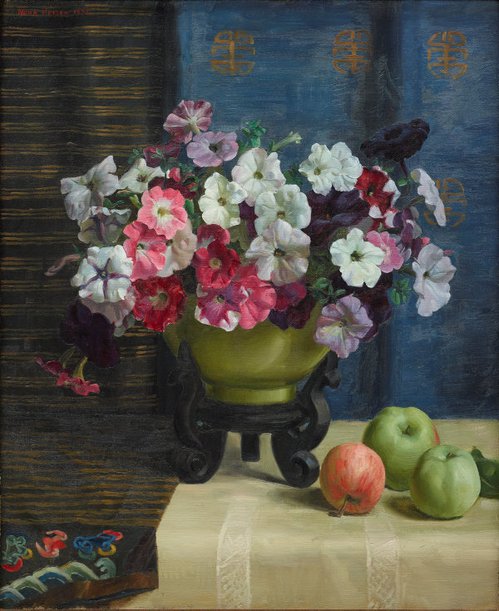
LateMail
Anne has asked me to welcome N.S. in Australia who is the latest person to join as a subscriber to the AnArt4Life blog. We are delighted to see that the number of our followers continues to grow and we thank those of you who have travelled with us for the past five years. Your loyalty has been outstanding.
Footnotes
- With thanks to Wikipedia
- With thanks to the Adelaide Review

